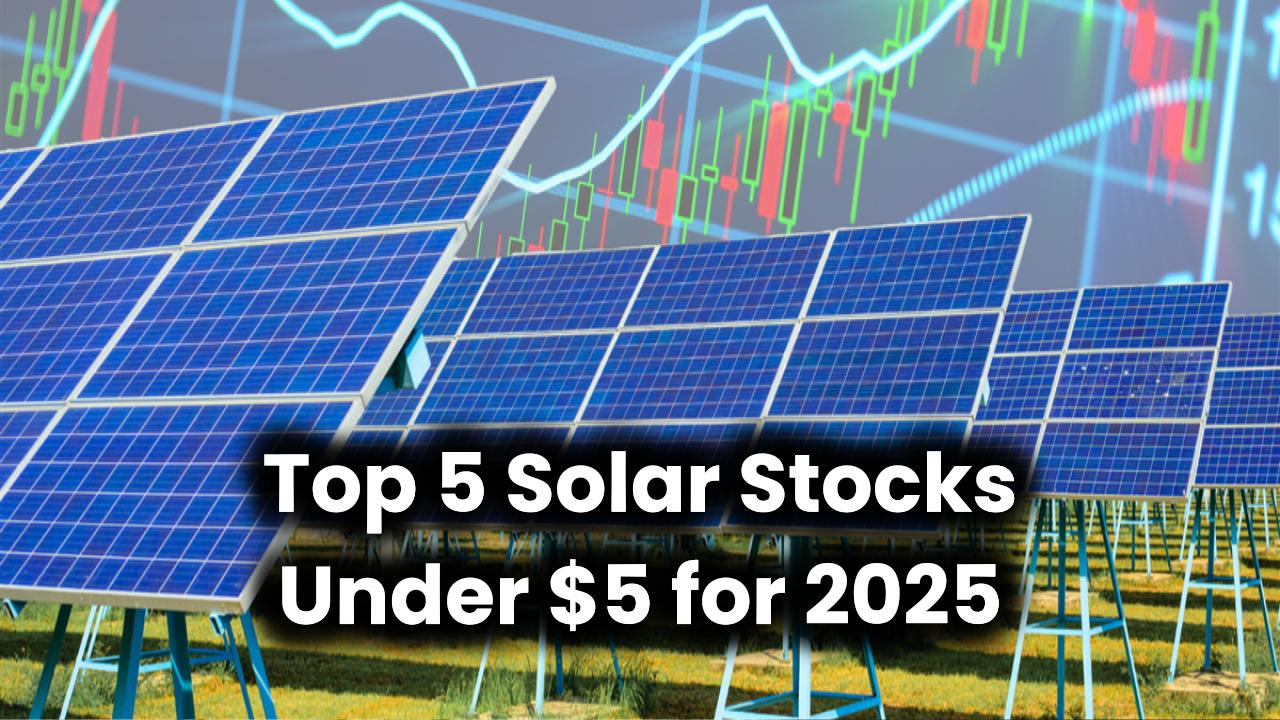
The Inflation Reduction Act 2025 continues to reshape the landscape of the U.S. solar industry, delivering both exciting opportunities and unprecedented challenges. Whether you are a homeowner exploring solar panels, a clean energy investor, or a solar contractor navigating evolving policy, understanding the IRA’s influence is essential.
This article breaks down how the Act is impacting solar energy production, domestic manufacturing, job creation, and more—in a simple, engaging, and professional tone. We’ll also explore practical tips to take advantage of these developments, international comparisons, and long-term market predictions.
Also Check: The Real Solar Power of the USA: You Won’t Believe How Much Energy We Generate!
What is the Inflation Reduction Act and Why Does It Matter?
The Inflation Reduction Act (IRA), passed in 2022, is one of the most significant climate and energy bills in U.S. history. It offers long-term tax incentives for clean energy, including solar power, and aims to cut greenhouse gas emissions by about 40% by 2030.
In simple terms, the IRA makes going solar cheaper and more rewarding for both individuals and companies. It also boosts local manufacturing and creates jobs in green industries.
The IRA’s Direct Impact on the Solar Industry
1. Tax Incentives That Spark Solar Adoption
The IRA restructured tax credits to make solar energy more accessible:
- Investment Tax Credit (ITC): Covers 30% of the cost of solar panel installation through at least 2025. That means if your system costs $20,000, you can deduct $6,000 from your federal taxes.
- Production Tax Credit (PTC): Offers about $0.0275 per kWh produced for qualified solar projects. This benefits larger scale producers like utility companies.
These incentives help homeowners, businesses, schools, and local governments adopt solar faster and cheaper.
2. Boost to Domestic Solar Manufacturing
Thanks to the IRA, domestic solar panel manufacturing has surged. The U.S. now has over 31 gigawatts of annual solar module manufacturing capacity—almost four times more than before the act.
Major companies like First Solar have invested heavily, even selling nearly $857 million in transferable tax credits earned through U.S. manufacturing operations. This reshoring of solar production is a big win for energy independence.
3. More Jobs and Economic Growth
With solar demand rising, so too are jobs. The solar industry added over 20,000 jobs between 2022 and 2024, and experts project an additional $144 billion in investment by 2033.
That means new careers in engineering, manufacturing, installation, and project management—especially in rural and underrepresented areas.
Also Check: Canadian Solar Stock Dips 14% in One Week as 3-Year Earnings and Returns Continue to Decline | NASDAQ: CSIQ
Challenges the Solar Industry Faces in 2025
1. Political Uncertainty
The 2025 political landscape has introduced some turbulence. New executive orders have paused certain clean energy project permits and federal loan guarantees. As a result, nearly 100 solar projects have been delayed or canceled.
This rollback could slow down progress, especially for developers relying on federal programs.
2. Tariffs and Trade Tensions
In 2025, new tariffs were placed on Chinese solar components, increasing costs. Since China supplies over 80% of key materials like polysilicon and solar cells, U.S. solar firms are feeling the pinch.
This has led to a 25% drop in new investment commitments in Q1 2025 compared to the same period in 2024, with $6.9 billion worth of projects canceled, the highest on record.
3. Supply Chain Delays
Beyond tariffs, global supply chain issues continue to affect the timely delivery of solar equipment. While domestic production helps, scaling up enough to meet demand takes time.
How Homeowners and Professionals Can Benefit
For Homeowners:
- Check Eligibility: You can claim a 30% tax credit on your next solar install. Use IRS Form 5695.
- Go Local: Look for installers that use U.S.-made panels to benefit from added incentives.
- Monitor Utility Bills: Expect a 40% to 70% drop in monthly electric bills depending on your location and solar array size.
For Solar Professionals and Investors:
- Explore Transferable Tax Credits: Businesses can now sell or trade unused tax credits.
- Apply for DOE Grants: The Department of Energy offers clean energy grants and loans for eligible firms and nonprofits.
- Watch Policy Developments: Stay informed on new legislation or executive orders that could impact project approvals.
International Comparisons
Countries like Germany, China, and Australia have aggressively pursued solar development. However, with the IRA, the U.S. is quickly closing the gap:
- Germany leads in rooftop solar adoption per capita.
- China dominates in solar manufacturing.
- Australia benefits from high solar penetration in homes.
The IRA helps the U.S. establish leadership in manufacturing and clean energy jobs, potentially making it a global clean tech hub.
What to Expect in the Next 5 Years
- Continued Federal Support: If current policies hold, we can expect stable tax credits through 2032.
- More Grid Integration: Advances in battery storage and smart grids will improve solar reliability.
- More Residential Adoption: As prices stabilize and awareness grows, residential installs are expected to rise by 10-15% annually.
Experts believe that with supportive policies and continued investment, the U.S. could generate over 50% of electricity from renewable sources by 2040.
(FAQs)
Q1: Is the 30% solar tax credit still available in 2025?
Yes! The ITC is available at 30% for systems installed through at least the end of 2025, with a potential phase-down afterward.
Q2: Do I have to use American-made solar panels to qualify?
Not for the base ITC. However, bonus credits (up to 10% extra) are available for projects that meet U.S. manufacturing thresholds.
Q3: Will solar panel prices go up in 2025?
Possibly, due to tariffs and demand. However, federal incentives still offset much of the cost increase.
Q4: How can I apply for solar tax credits?
Use IRS Form 5695 when filing your federal taxes. Consult a tax professional for help.
Also Check: Energy Firm Launches Ambitious Share Offer to Raise £350,000 – Investment Opportunity Ahead?








